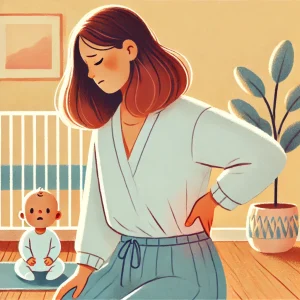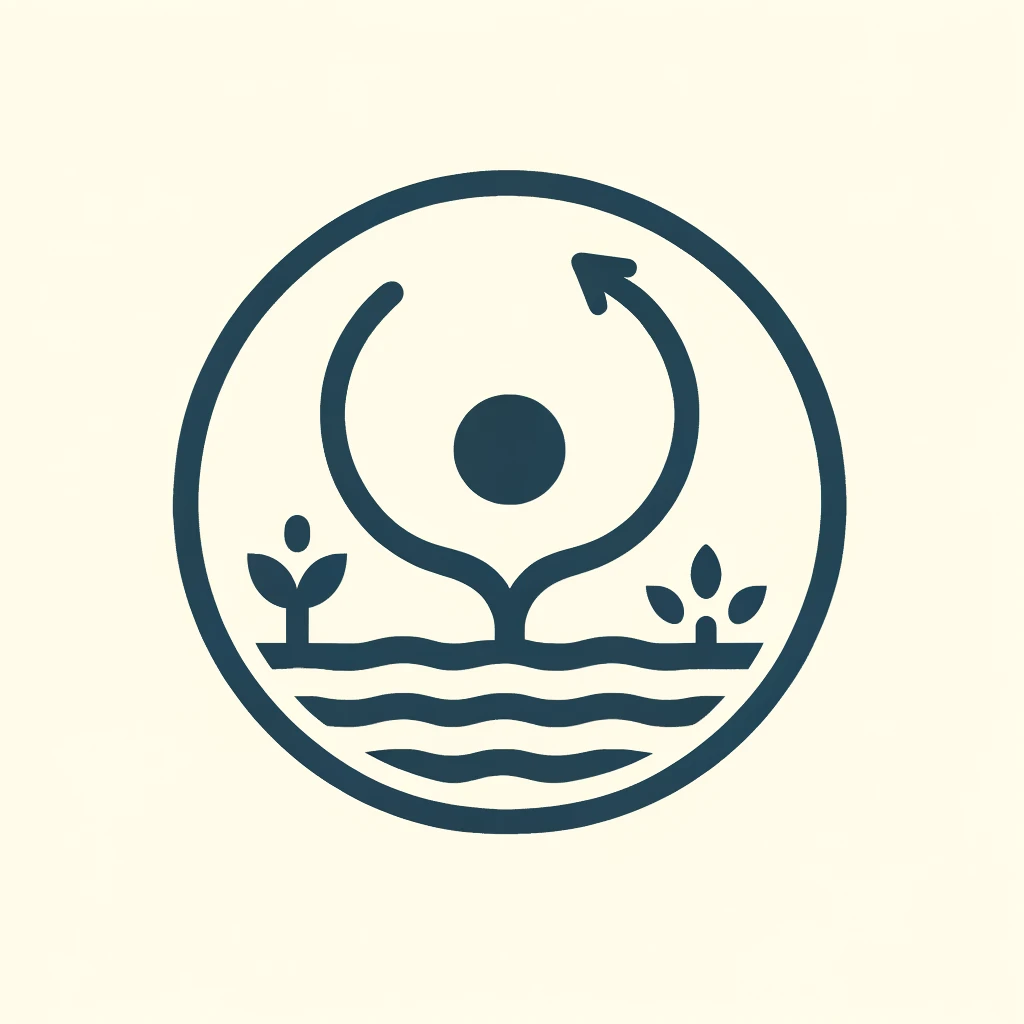A herniated disc, also known as a disc prolapse or slipped disc, occurs when the soft core of a disc pushes through a tear in the outer ring. During pregnancy and after childbirth, the spine can experience additional stress, increasing the risk of a herniated disc. This article explores the causes, symptoms, and treatment options for a herniated disc after childbirth.

Causes of a Herniated Disc after Birth
During pregnancy, a woman’s body undergoes significant changes that can strain the spine and discs. The main causes include:
- Weight Gain: The additional weight gained during pregnancy increases pressure on the discs.
- Hormonal Changes: Hormones such as relaxin loosen ligaments and joints to prepare the body for childbirth, which can also affect spinal stability.
- Changed Posture: The growing baby bump often leads to altered posture, adding extra stress to the spine.
- Birth Trauma: The process of giving birth can place additional stress on the spine due to the pushing and exertion involved.
Symptoms of a Herniated Disc
The symptoms of a herniated disc can vary depending on which disc is affected and the degree of nerve compression. The most common symptoms include:
- Back Pain: Severe pain in the lower back is common.
- Leg Pain (Sciatica): Pain radiating from the lower back through the buttocks and down the legs.
- Numbness or Tingling: These sensations can occur in the affected areas.
- Muscle Weakness: In severe cases, muscle weakness in the legs may occur.
Diagnosis
A herniated disc is typically diagnosed through a combination of medical history, physical examination, and imaging studies. Common imaging techniques include:
- Magnetic Resonance Imaging (MRI): MRI provides detailed images of soft tissues and can pinpoint the exact location of the herniated disc.
- Computed Tomography (CT): A CT scan also provides detailed images of the spine.
- X-rays: X-rays are less commonly used but can help rule out other causes of back pain.
Treatment Options
The treatment of a herniated disc depends on the severity of symptoms and the individual condition of the patient. Common treatment options include:
- Conservative Therapy:
- Physical Therapy: Exercises to strengthen back muscles and improve posture.
- Medications: Pain relievers and anti-inflammatory drugs to alleviate symptoms.
- Rest and Heat/Cold Therapy: To relieve acute pain.
- Invasive Measures:
- Epidural Injections: Steroid injections to reduce inflammation and pain.
- Surgery: In rare cases, surgery may be required to remove or correct the herniated disc.
Prevention
To minimize the risk of a herniated disc after childbirth, the following measures can be helpful:
- Regular Exercise: Moderate physical activity to strengthen back muscles.
- Ergonomic Adjustments: Proper posture and back-friendly techniques for lifting and carrying.
- Weight Management: Maintaining a healthy weight to avoid additional pressure on the spine.
Herniated Disc After Childbirth: My Experience
A herniated disc can be a serious complication after childbirth, often caused by weak muscles of the transversus abdominis. Without adequate stabilization of the abdominal muscles, the spine is subjected to increased pressure, which can lead to a protrusion or rupture of the disc. This can result in severe lower back pain and, in severe cases, numbness or paralysis.
Back Pain During Pregnancy

During my pregnancy, I suffered from daily back pain, especially while sitting at the office. Unfortunately, I did little exercise during this time, which proved to be a mistake later on. Aside from a weekly prenatal yoga class, I did very little for my physical fitness.
Difficult Baby and Little Recovery
After the birth of my daughter, my situation worsened. My daughter was very demanding, cried a lot, and wanted to be held all day. She only slept in the stroller and often woke up at night. This led to little rest and sleep for me. I often turned to sweet snacks, chocolate, and cookies, gaining more weight.
Postpartum Recovery Course and Its Pitfalls
Eight weeks after giving birth, I started a postpartum recovery course, hoping to get my body back in shape. However, the course did not go as expected. Since I had to bring my baby with me, I couldn’t focus on the exercises. At home, I found no time for exercises either. Thus, I made no progress and was left disappointed.
Diagnosis: Herniated disc
About seven months later, I decided to do more. Unfortunately, I began—what turned out to be a big mistake—with sit-ups and push-ups. After just a few days, I experienced initial back pain. Ignorant of the connection, I continued the daily sit-ups. After another four weeks, the pain became extremely severe. A doctor’s visit revealed a large herniated disc in the lumbar spine.
Pain and Realizations
For months, I suffered from severe back pain and radiating pain in my leg. Only when I completely stopped carrying my daughter and other heavy objects did the pain slowly improve. A gymnastics routine eventually helped me get rid of the constant pain. For work, I got a standing desk since prolonged sitting still caused problems.
Second Pregnancy and Preventive Measures
Three years later, during my second pregnancy, I trained daily to strengthen my core muscles and avoided back pain. After childbirth, I was cautious and began engaging my abdominal and pelvic floor muscles early on. It took weeks to regain sensation in my bladder and abdominal muscles, but eventually, I avoided further back problems.
Conclusion
Postpartum recovery is an essential process, with the transversus abdominis playing a central role. Neglecting postpartum recovery can lead to serious health problems. Through targeted exercises and a holistic approach, these risks can be minimized, restoring physical health and stability. Women should take the time to care for their bodies and seek professional support if needed to ensure successful postpartum recovery.
The articles on health topics do not replace a visit to the doctor. You can find more information here.

Sonja ist Ernährungswissenschaftlerin und promovierte Epidemiologin mit langjähriger Erfahrung in der Gesundheitsforschung. Seit der Geburt ihrer beiden Kinder 2019 und 2023 beschäftigt sie sich intensiv mit dem Thema Rückbildung und der Thematik, wie man wieder einen gesunden und schönen Körper mit stabiler Mitte nach der Schwangerschaft bekommen kann. Sie möchte Euch helfen, nach der Schwangerschaft wieder fit zu werden!

